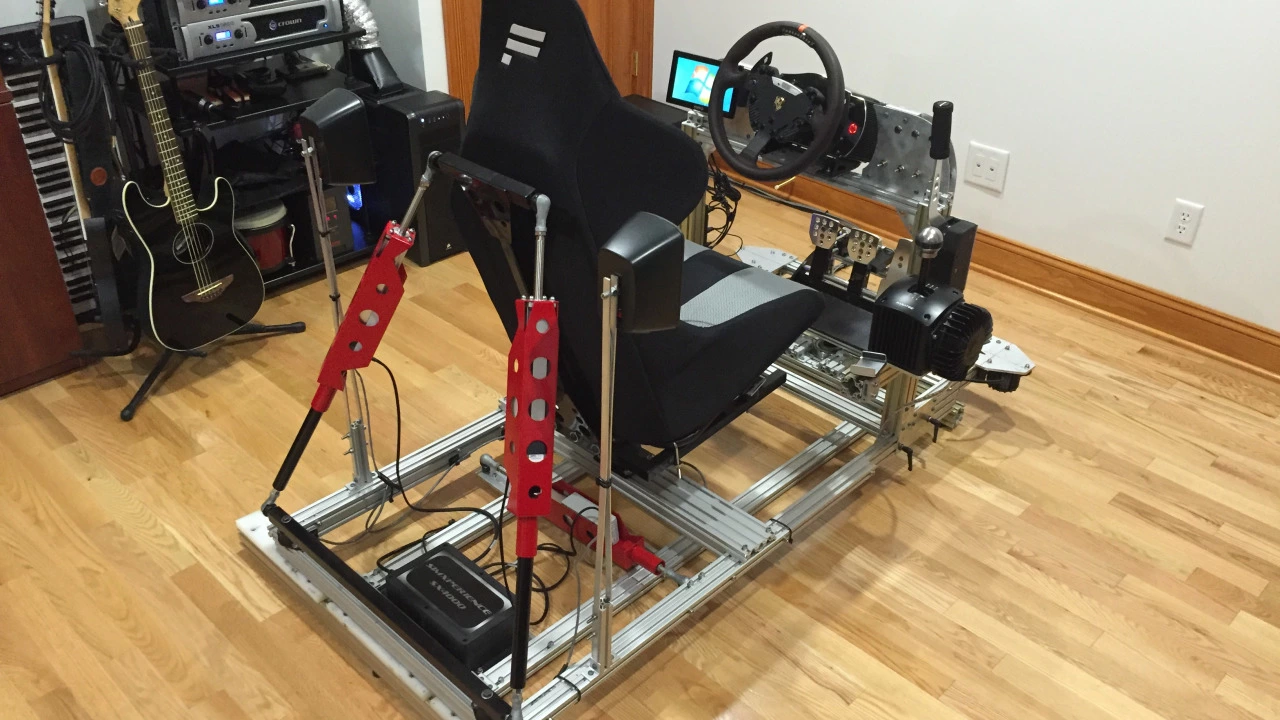Racing Simulator: Your Shortcut to Real‑World Speed
If you love the roar of engines but can’t hit the track every weekend, a racing simulator is the answer. It lets you practice cornering, braking and race strategy from your living room. You don’t need a professional licence – just a decent PC or console and a willingness to learn.
Simulators have come a long way. Modern physics engines mimic tire grip, weather changes and fuel consumption with surprising accuracy. That means the time you spend on a virtual circuit actually translates to better lap times on a real car.
Choosing the Right Sim Game
Not all racing games are created equal. If you want pure realism, look for titles that model every car’s handling, like iRacing or rFactor 2. They require a subscription, but the community support and frequent updates keep the experience fresh.
For a more casual feel, Gran Turismo and Forza Motorsport offer a solid blend of fun and authenticity. They’re easier on hardware and let you jump from street cars to prototypes without a steep learning curve.
Consider what you want to improve. Want to master Formula 1 brakes? Pick a game that includes the full F1 calendar. Dreaming of rallying through mud? Choose a title that supports off‑road physics.
Building a Basic Sim Rig on a Budget
You don’t need a full‑metal cockpit to start. A sturdy wheel base, a pedal set and a seat can be assembled for under £300. Brands like Logitech and Thrustmaster offer entry‑level wheels that still give force feedback – the trembling sensation when you hit a curb.
Pedal quality matters more than you think. Good brakes let you modulate pressure, which is crucial for avoiding lock‑ups. Look for adjustable pedal spacing so you can mimic your own driving position.
If space is tight, a fold‑away wheel stand works well. When you’re done racing, it collapses flat and clears the room. Pair it with a simple racing seat or even a sturdy kitchen chair – just make sure the seat is comfortable for long sessions.
Upgrade gradually. Start with a wheel, add pedals, then consider a shifter if you enjoy manual gear changes. A basic motion platform can wait until you’re sure the hobby sticks.
Don’t forget the screen. A 27‑inch 144 Hz monitor gives smooth visuals and reduces motion blur. If you have the budget, a triple‑monitor setup or a VR headset can boost immersion dramatically.
Once your rig is ready, spend the first few hours tweaking settings. Adjust wheel rotation to match the car you’re driving – 900 degrees for a typical road car, 1080 for a Formula 1 machine. Tweak force feedback strength so you feel the car’s grip but don’t get overwhelmed.
Practice with purpose. Pick a short circuit, run a few laps, and note where you lose time. Then focus on one corner at a time. This method mirrors how professional drivers train and speeds up improvement.
Join online leagues. Racing against strangers forces you to adapt, and the community often shares tips on car setup and track lines. You’ll also discover new tracks you can try in the real world.
Finally, treat your simulator like any other skill. Consistent, focused sessions beat occasional marathon runs. Even 30 minutes a day can make a noticeable difference after a few weeks.
Racing simulators bridge the gap between video games and actual motorsport. With the right game, a modest rig and a bit of dedication, you’ll feel the thrill of the track without leaving home. Ready to hit the virtual apex?
